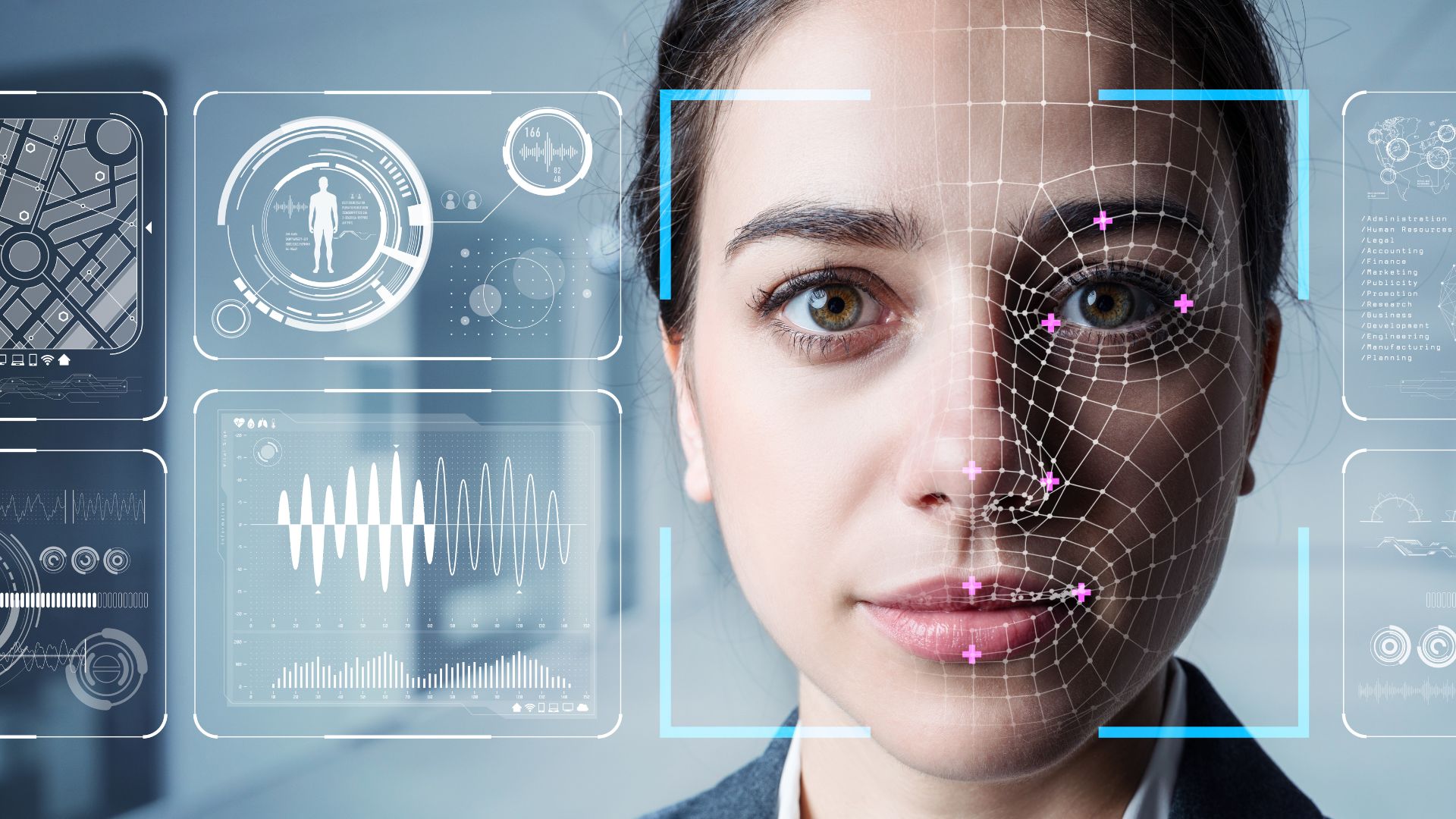Is blockchain the solution to digitize the Curriculum Vitae?

Today, one of the most common ways to search for employment and find collaborators for an organization is through a document known as a Curriculum Vitae or resume (CV).
The creator of the CV anecdotally describes his or her professional career, listing and focusing on the successes and triumphs achieved during the years described over time so that the recruiter can match the prospect’s experience, talent, and skills to a required position in the company and take the next step in the hiring process.
The so-called Curriculum Vitae is a useful document but at the same time more or less complicated since, as we mentioned, there is no standard wording to prepare it. Interpreting a CV becomes an important skill for the recruiter since the objective is to extract strategic information to compare the applicant’s skills, abilities and experience in similar positions and decide if these could meet the needs of the organization.
The other point to highlight is the difficulty in knowing what percentage of the information on the CV is true and verifiable.
Is the future solution to use Blockchain?
Explaining the concept of blockchain would require several articles like this one just to describe it, so to explain it in a friendly and simple way let’s start by first developing its purpose and function and then its application in the topic of the CV.
A very high cost for all of us who carry out transactions is to ensure that the transactions we carry out, whether payments, collections, purchases, sales, shipments, etc., do not end up benefiting third parties… better known as “thieves” instead of those involved in the transaction, and also that the transactions are executed fairly, which is why entities have emerged that provide specific services to generate confidence in the operations.
These services are related to the use of banks, safe deposit boxes, certifying agencies, law firms that draft efficient contracts, judges that resolve disputes with various levels of complexity, such as different jurisdictions or different types of laws, etc.
The concept of blockchain arises from the use of technology as a cheaper and more efficient substitute for many of the surveillance and operation elements mentioned above.
Blockchain technology, which uses elements of Cryptography, Accounting, Public Cloud and automated electronic exchange of information through “web services” and “APIs” seeks to achieve trust in the execution of transactions between two parties by electronically ensuring that the agreed conditions are met WITHOUT the need for a third party to monitor, verify and validate it, adding costs to the transaction.
Transactions are documented and validated by a set of decentralized “nodes”, which receive a commission for ensuring that the transaction has been approved in automated electronic voting by most nodes in an infinite database that automatically increases in blocks (hence blockchain) in the moment that the original transaction have any change.
The block where the modification of the transaction were written never can be deleted so it is 100% auditable and the only way to be modified is with the request of the transaction’s owner and the approval of the nodes generating a new block.
Each requested change in the original transaction generates copies of the state of the transaction to all the validator nodes, who through complex mathematical processes verify and mark the transaction as valid, when the conditions for its execution were met, without requiring no other actor.
The difficulty of committing fraud is high since, understanding that one of the most important points to measure the reputation of a blockchain project is that its nodes are decentralized. If someone wanted to commit fraud, this individual would have to be able to fool each of the validator nodes, which is very complex and therefore unprofitable on a large blockchain with a large set of independent validators performing thousands of transactions per day. This technology was used very successfully by a programmer or a group of programmers who call themselves “Satoshi Nakamoto” as part of the architecture of the currency known as Bitcoin, which is a person-to-person p2p payment method, and which aims to make transactions possible without the need for a regulatory body such as a bank.
There are blockchains, such as Ethereum, that also have the possibility of generating and executing “Smart Contracts” which in simple words is a contract, which has an object, a purpose and the conditions to fulfill it, this contract is created and deposited in a blockchain and through technological elements known as oracles or some other option agreed upon between the parties, it is validated that the conditions of the contract have been met and, either the agreed payments are released or a validation is generated that the process ended correctly.
Taking the above into account, this technology is a good option as a revolution towards the 2.0 resume that represents a professional and can attest that the data provided is validated and verified.
The wallet
An important point to achieve in the use of blockchain for the CVs is the issue of identity.
How do I know that I am who I say I am?
Normally each country issues an identity document that verifies that the person carrying the document is the owner of that identity, but in this sense, unless the document has biometric data, the entire weight of proof would be given to a photograph that could be changed or modified.
We are getting more accustomed to using a “wallet”, that “lives as an app” on our phone to pay for a coffee, now the next step is to be able to have our identity document in a wallet that register our identity as a transaction in a blockchain. The European Union has already launched a digital identity wallet,
The next step is to validate, as a transaction, that the owner of the wallet has the competencies, skills, and experience that he claims to have, as well as the degree of mastery of each of them. The endorsers can be the companies for which he has work.
In the future it would not be difficult to see a large network of firms, owners of reputed talent platforms, universities, and other related entities forming nodes and using their platforms as “oracles” where the identity, capacity, and experience of the prospect for the requested positions are verified.
Using this technology, together with Artificial Intelligence and having the proper integrations with talent platforms, LinkedIn, Educational Institutions and the main job search engines, a company could obtain two very important benefits.
- Have a very secure filter to generate a highly efficient list of prospects in a very short term
- Save money and valuable time in analyzing the veracity of the information presented since all the information that comes in the wallet is certified by the blockchain.




